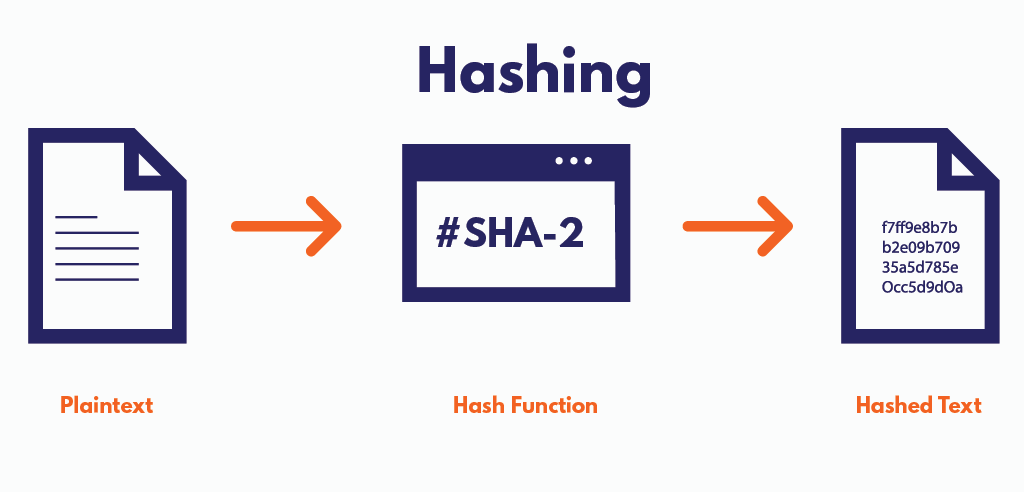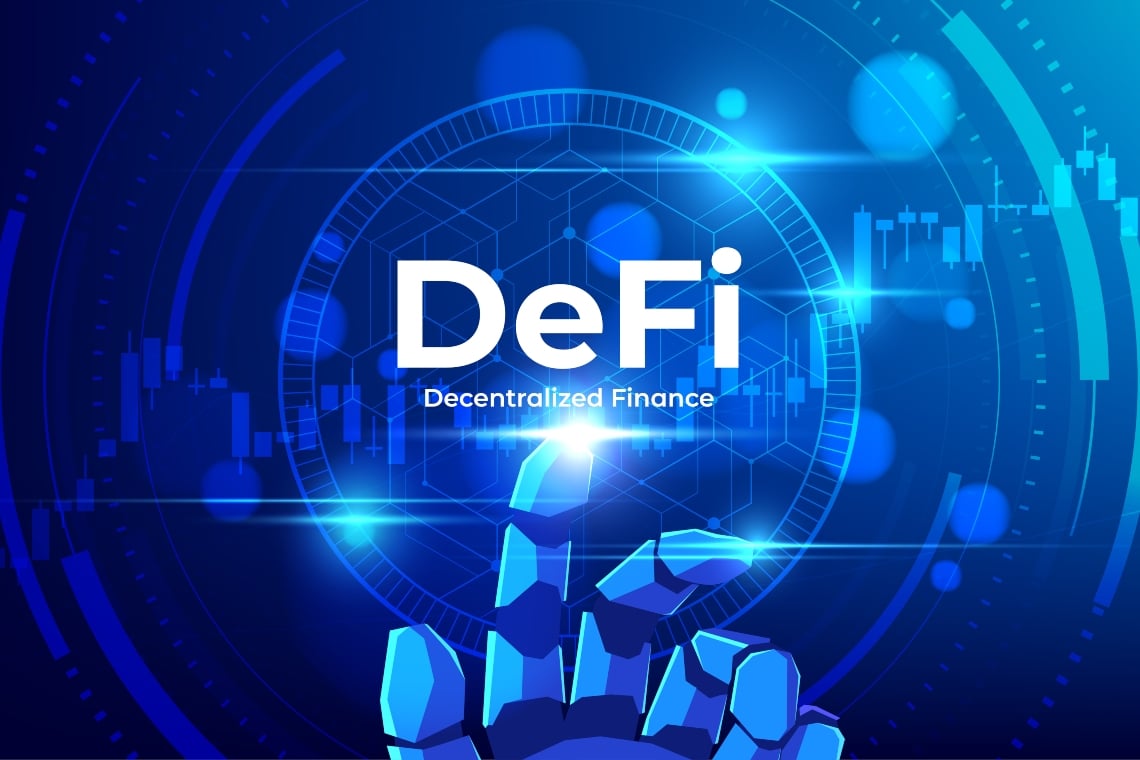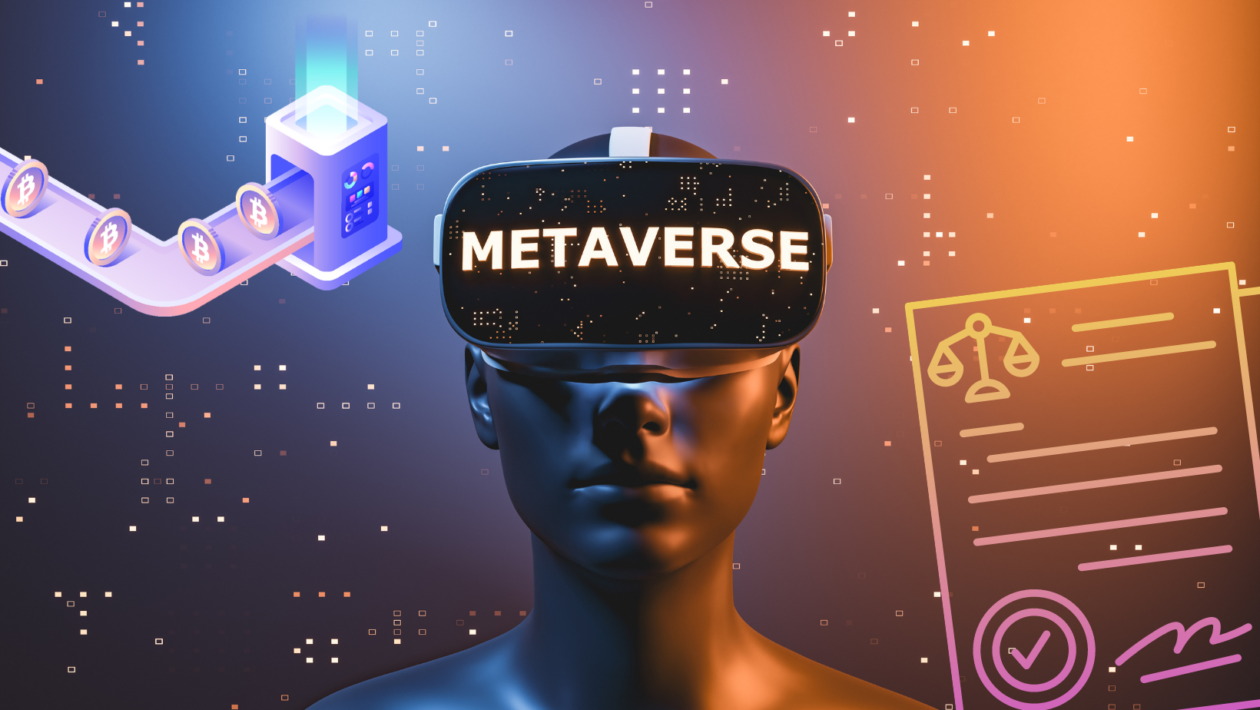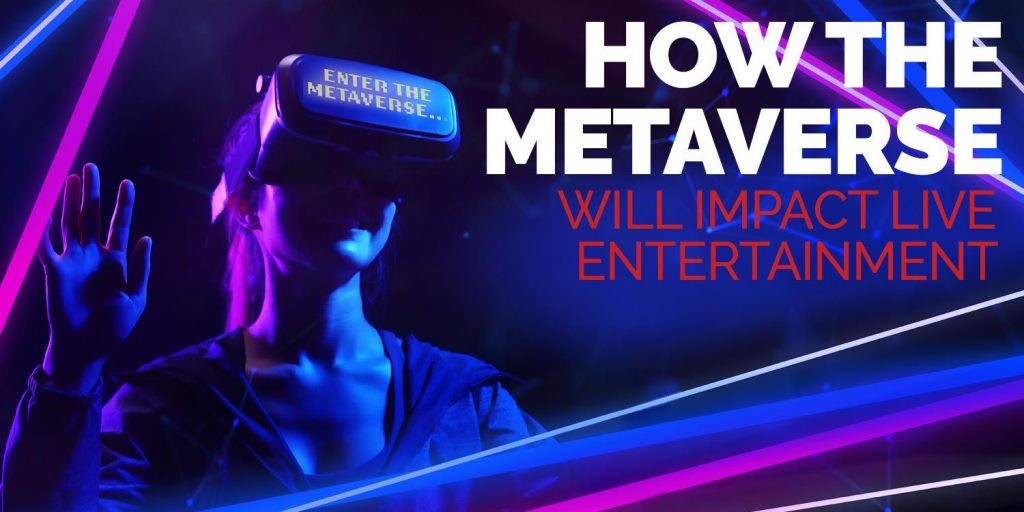
That was not the relaxing weekend I imagine most of us had in mind. Following the collapse of Silicon Valley Bank on Friday and the revelation that Circle had parked 3.3 billion dollars worth of its reserves to back USDC, there was all hell breaking loose as USDC slipped off its peg and went as low as 89 cents as holders rushed to redeem it for crypto, other stablecoins, or cash.
The industry seemed to be in the early throes of yet another meltdown, with many struggling to believe that of all the stablecoins out there USDC was the one staring into the But as I look around, some semblance of calm appears to have returned, the USDC is looking a lot healthier, and crypto appears to be recovering strongly, so what’s going on and what happens next?
First, let’s take a look at Silicon Valley Bank, which is where all the trouble started. Here, though, is the tldr. SVB was one of the biggest banks in the United States, and like all banks, it made its money by taking in customer deposits, lending those deposits out, or investing them elsewhere.
Now svb had invested much of its clients money into long duration. U.S. treasuries are known to be one of the safest investments there is because we all expect Uncle Sam to pay up when he needs to. The problem is that as interest rates have been rising over the past year, the value of those U.S. treasuries has been falling, and this was particularly awkward for SVB.
whose treasury portfolio had a longer duration and was therefore more sensitive to rate rises; this became an issue because economic conditions have been worsening in recent months. Many of SVB’s clients have been withdrawing their money to try and keep the lights on.
As its name suggests, many of svb’s clients are tech firms, and you will recall that tech in particular has been having an absolute nightmare time of it over the last few months, with mass layoffs, tumbling stock prices, falling revenues, etc. Now as more clients withdrew more money, svb started having liquidity issues, that is, it was running short of cash to honour those withdrawals, and in order to free up funds, it was forced to begin selling its U.S. trea
Once word of this got out, the whole situation snowballed as clients and investors all began a stampede for the exit, resulting in a good old-fashioned run on the bank, and you don’t need to be an economist to know that they never end.
Well, come Friday, SVB had to admit the game was up and declare insolvency. Trading of its plunging stock was halted, and those clients who had not managed to get out in time realised that their money was stuck with no idea of when it might get unstuck. This would mean not being able to pay bills or do payroll.
All the things a business needs to do, many of these clients are small tech firms and startups, and this left them in serious trouble. Most of them — 91 in fact — also had deposits that were well above $250 000, which meant they were not covered by the FDIC guarantee.
We were looking at a potential extinction level event for many U.S. companies, and this was by the way the second largest bank failure in U.S. history and the first since 2008 — yikes.
The entity behind usdc holds 3.3 billion dollars of the reserves banking usdc, which meant around eight percent of usdc’s supply could not in theory be redeemed, and usdc holders began to offload out of an abundance of caution and usdc slipped off its one dollar peg.
Now, while the rest of the crypto market saw some modest gains presumably as people exited usdc into crypto, tether’s USDT, that much-flooded stablecoin that so many perceived to be a ticking time bomb waiting to blow
Then on Sunday night, U.S. authorities took action, and the Treasury Department, Federal Reserve, and FDIC announced that they were stepping in to guarantee the deposits of SVB customers, which obviously includes Circle, and that they would be able to access their funds and continue doing business. good news for everyone, including, of course, usdc holders.
Now, as I record this, the usdc is almost back on its peg and svb’s UK arm has been sold to HSBC for one pound. As in the US, the UK tech sector also had funds parked with svb and was in a similarly dire situation until the British government also stepped in to protect customer deposits and facilitate the sale to HSBC.
As a result of the U.S. government’s actions, the USDC is recovering and is at 99 cents as of the time of recording. Meanwhile, the rest of the crypto market is pumping with relief; bitcoin is up around 8 in 24 hours with many alts recording gains of more than twice that.
While this may in part be due to money from stables flooding into BTC and alts, it’s more likely market sentiment driving the relief rally, driven also in part by the belief among some that the FED may be about to turn the money printer back on.
The crypto industry in the U.S. is seeing banking services ripped away from it, and the collapse of SVB obscures much more serious problems. Last week, Silvergate, the bank of choice for hundreds of crypto companies, also went to the wall.
This announcement of U.S. authorities riding to the rescue of SVB’s customers also contained some bad news. signature Another bank that has served the crypto industry has been seized by the New York Department of Financial Services, albeit with the promise that its depositors will be made whole. As distasteful as it is to admit, without access to banking, crypto companies are up creek without a paddle.
What lies ahead for crypto as the week gets underway? Well, in short, it could be more volatile than a cocaine bear at Tony Montana’s stag. Everything could be fine, of course, but we need to prepare ourselves for the fact that more banks could be set to go the way of SVB, Uncle Sam could step in to help them, and what crypto company assets do they hold? And the fun does not stop there.
Tomorrow sees the release of the CPI data in the US, followed by the PPI the very next day. If these two indexes show that inflation in the US is rising again, that would give the FED yet more leeway to raise interest rates even further at its meeting next week.
The European Central Bank is also expected to raise rates another 50 basis points on Thursday and there is a good chance the FED will follow suit but, then again, in the wake of the svb collapse many are now speculating that, the FED will be forced to slow the pace of rate hikes to avoid further Bloodshed in the banking sector.
this would likely pump the crypto Market even though the underlying situation remains grim and getting Grimmer and regulators and many in the media will attempt to paint this as yet another crypto failure when in actual fact this is a crisis fermented in the banking sector and US bond market, just remember, if banks had managed to get their houses in order in the wake of 2008 crypto might not even exist.























